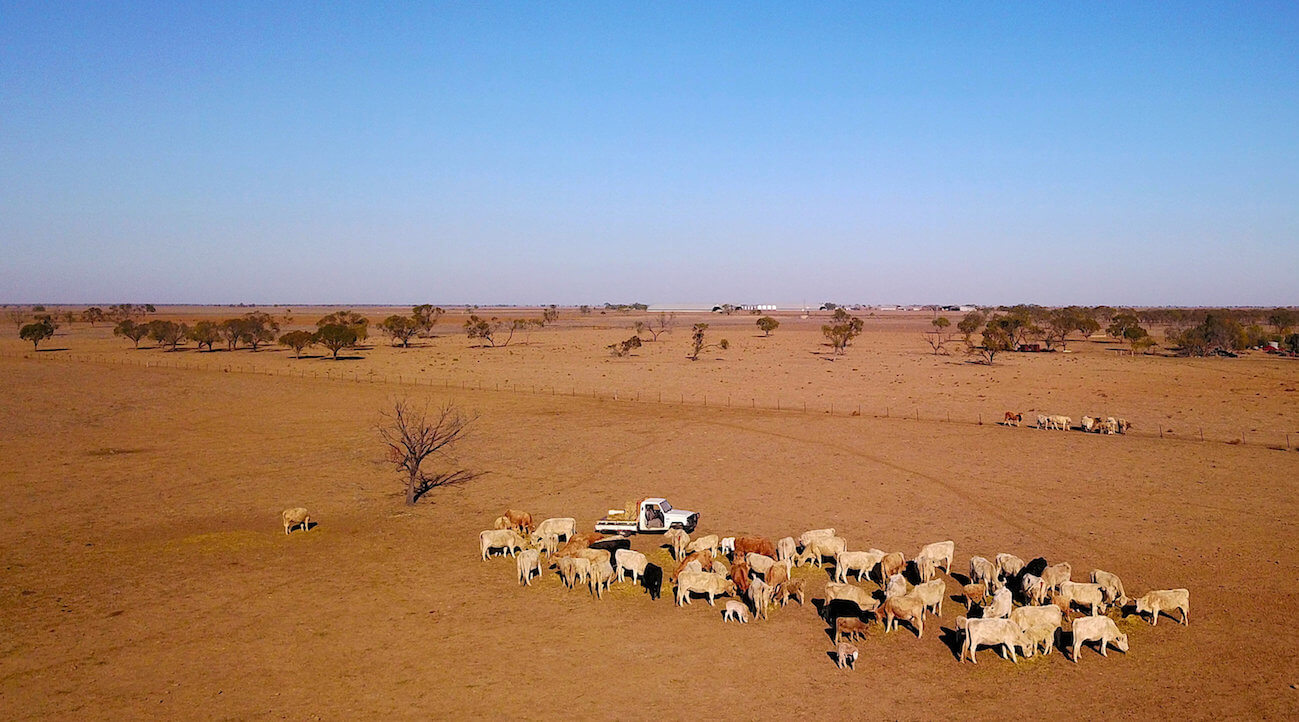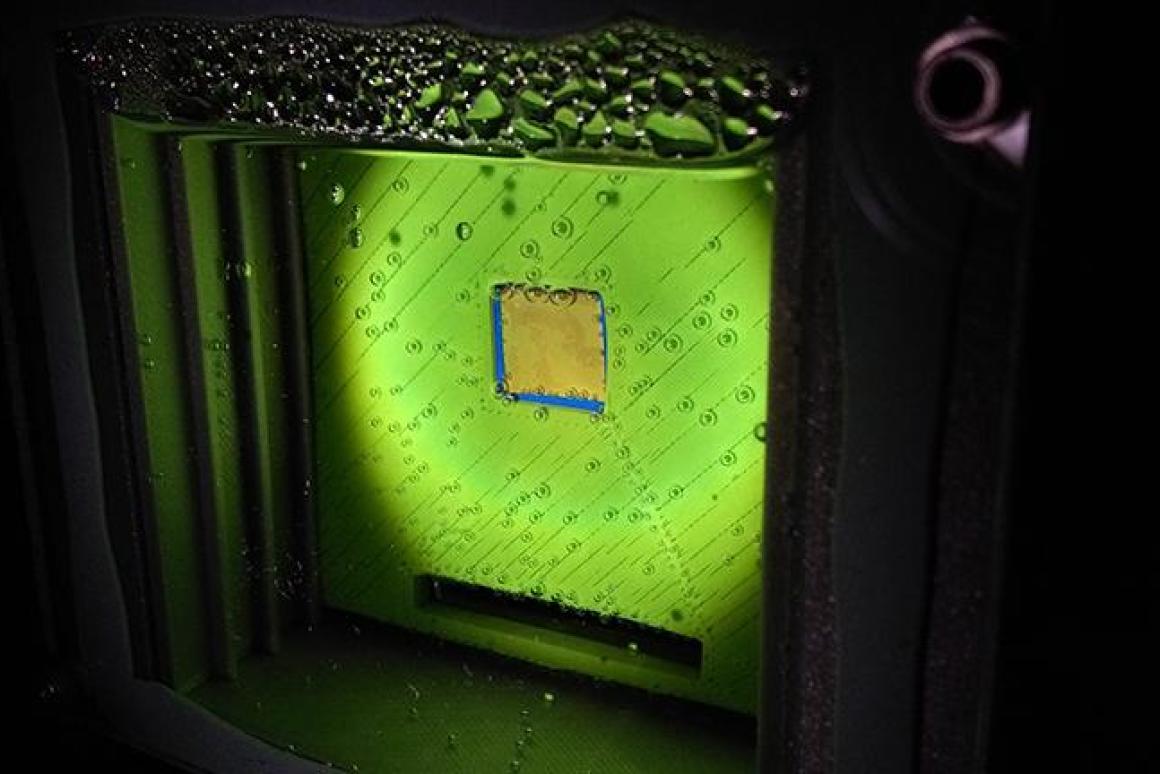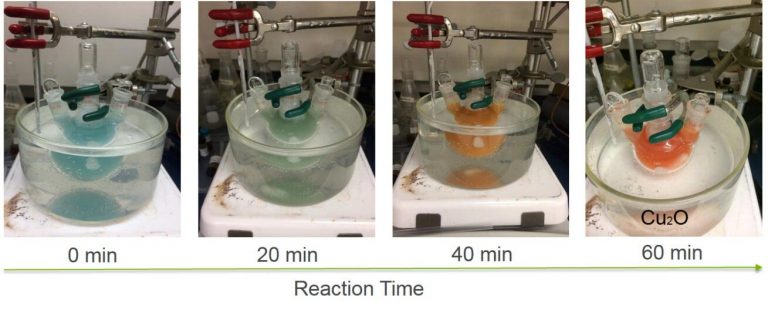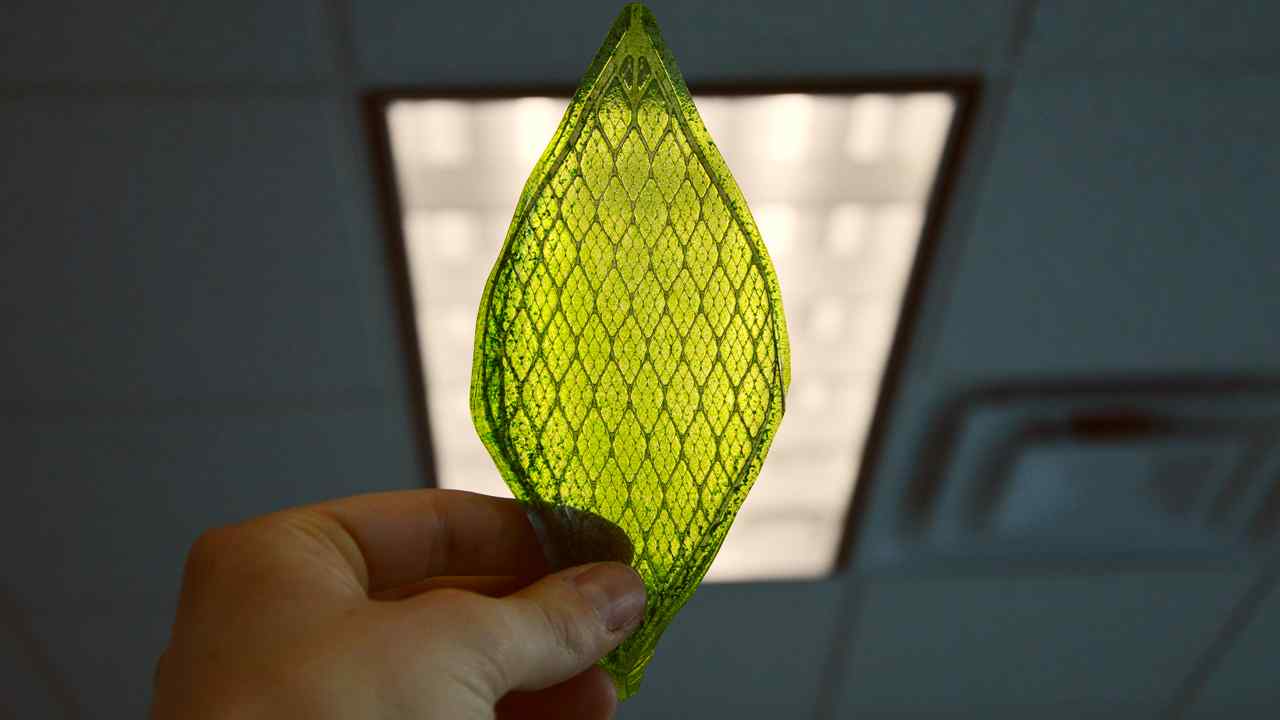In a breakthrough discovery, scientists claim they can convert carbon dioxide into liquid fuel by using sunlight.
The innovative technology mimics nature and is inexpensive, scientists say. The “artificial leaf,” as researchers have dubbed it, uses the plant process of photosynthesis to break down the destructive chemical.
Carbon dioxide is most known for the havoc it has caused in the planet’s atmosphere. Erratic weather patterns and climate shifts are clear as mounting research points to the carbon dioxide culprit. Recently, catastrophic bushfires have been fanned in the US in California and are currently burning at an unprecedented level in Australia’s NSW state. Although arson is often the initial cause of fire, the scale of the fires is blamed on drought and the lack of water resources to fight the fires due to a shift in weather patterns.


Scientists hope that the artificial leaf can play a part in the fight against global warming. The photosynthesis process is helped along with a naturally occurring red powder called cuprous oxide. The red powder is abundant in nature and helps the artificial leaf turn carbon dioxide into oxygen and methanol. This is then used as a fuel once the solution evaporates.

The lead researcher and University of Waterloo engineering professor Yimin Wu explained the process to Canadian Press after publishing his paper in Nature Energy:
“I tried to find a new way to mimic photosynthesis in nature, where leaves convert carbon dioxide and water with sunlight to produce glucose and oxygen.
The motivation is to reduce carbon dioxide emissions, a greenhouse gas, and hopefully reduce global warming and to provide sustainable energy.”

According to another interview with the Independent, Professor Wu outlined his hope for commercial industry to pick up this technology.
“This technology has achieved the solar to fuel efficiency about 10 percent. This is already larger than the natural photosynthesis (about one percent).
The next step is to partner with industry companies to scale it up with a system engineering of flow cell for the production of liquid fuels. More efficient artificial leaves can be developed along the lines with industry partners.”
Professor Wu, who has worked on this since 2015, believes that it will be years before they commercialize the artificial leaf, but hopes by that time, large companies will take the opportunity to reduce their carbon emissions with the leaf technology. Oil, steel, and automotive companies are on Professor Wu’s radar.
“I’m extremely excited about the potential of this discovery to change the game. Climate change is an urgent problem and we can help reduce carbon dioxide emissions while also creating an alternative fuel,” Professor Wu said, adding that he hoped to increase the amount of ethanol produced by the process on a larger scale.

Professor Wu’s research is just the latest in a line of techniques scientists are developing to convert CO2 emissions into reusable fuels. These discoveries, with the backing of governments around the world, will help to fight against the rising carbon emissions responsible for the plight the world is in.
“I’m extremely excited about the potential of this discovery to change the game.
Climate change is an urgent problem and we can help reduce CO2 emissions while also creating an alternative fuel,” Professor Wu said.
A similar development was made by researchers at Harvard University in 2017 and at Cambridge University last month.

The Artificial Leaf Of Cambridge University
“You may not have heard of syngas itself but every day, you consume products that were created using it,” says Erwin Reisner, senior author of the study. “Being able to produce it sustainably would be a critical step in closing the global carbon cycle and establishing a sustainable chemical and fuel industry.”
To help with that, the Cambridge team developed a new artificial leaf prototype that can produce syngas through photosynthesis. The new device contains two light absorbers made of perovskite, and a cobalt catalyst. When these are placed in water, one side produces oxygen, while the other reduces carbon dioxide and water into carbon monoxide and hydrogen. Those latter two gases can then be combined into syngas.
The team showed that the technology can still work even in relatively low light, like that on cloudy or rainy days. The perovskite was chosen because it’s good at absorbing light and creating a voltage, which is why it’s showing up in solar panels so much lately. Meanwhile the cobalt in the catalyst is lower cost and more efficient at creating carbon monoxide than other materials.
That said, the conversion efficiencies are still quite low – the new design currently produces hydrogen at an efficiency of 0.06 percent and carbon monoxide at 0.02 percent.
The new device joins a range of artificial leaf designs that are being developed to create a range of useful products, like electricity, drugs, fertilizers, and hydrogen fuel. Ultimately, the team hopes to be able to skip the middleman syngas stage.
“What we’d like to do next, instead of first making syngas and then converting it into liquid fuel, is to make the liquid fuel in one step from carbon dioxide and water,” says Reisner. “There is a major demand for liquid fuels to power heavy transport, shipping and aviation sustainably.”
The research was published in the journal Nature Materials.






